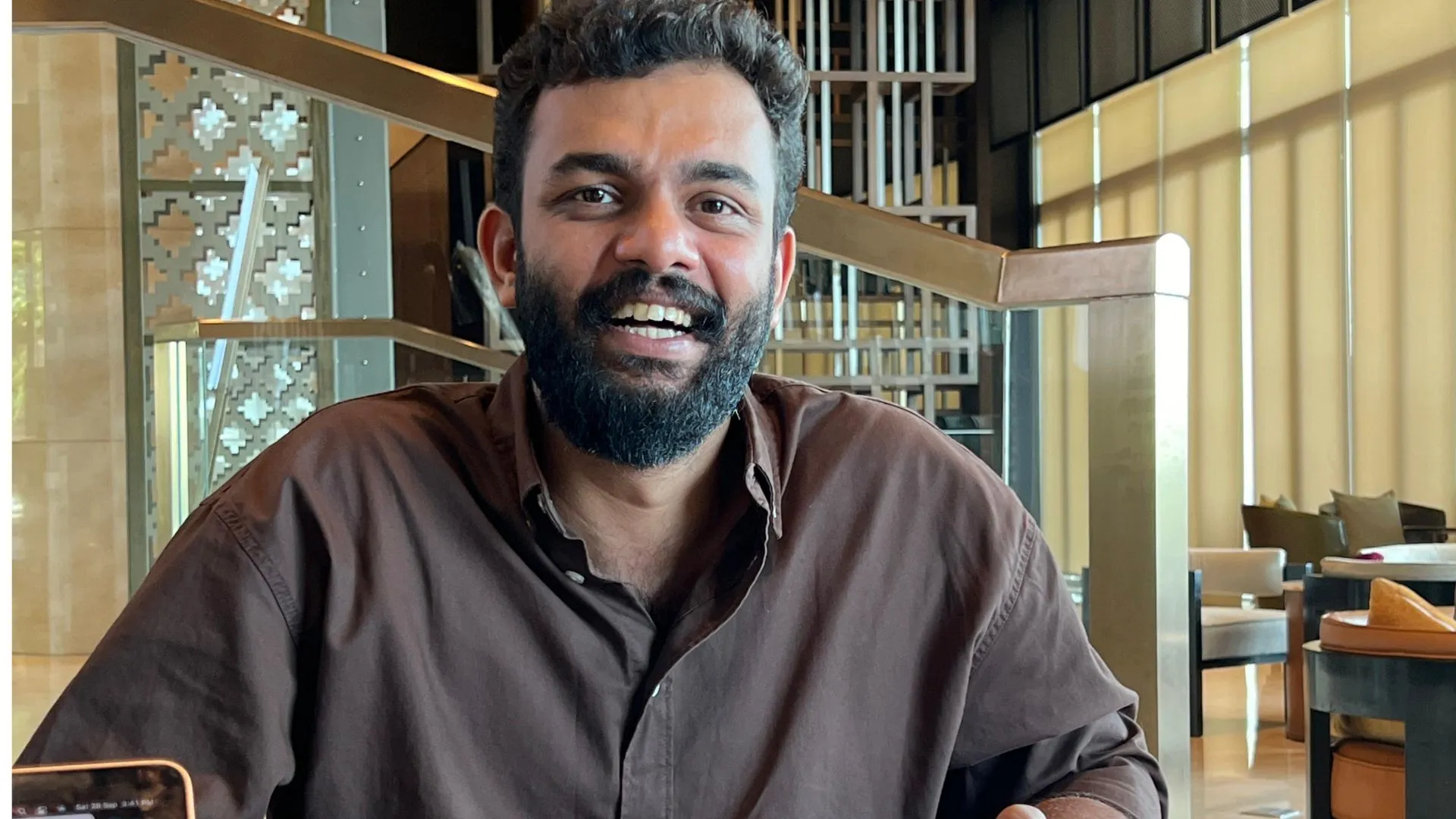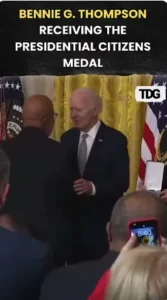In Dino Mukk, dinosaurs roam Kerala like domesticated livestock—an idea born from a playful “what if” at Storytellers Union. Blending nostalgia with surreal AI-generated visuals, the mockumentary is a whimsical yet sincere ode to rural life.
In an exclusive interview with The Daily Guardian from Gokul S Pillai, co-founder of Storytellers Union and the creative director of Dino Mukk, ‘AI won’t replace storytellers, it’ll empower them’
- Could you share the inspiration behind “Dino Mukk”? What was the process of conceptualizing a world where dinosaurs are farmed like livestock?
A: Dino Mukk began as a fun “what if” conversation at Storytellers Union. We were exploring the possibilities of AI in storytelling and somewhere along the way, we found out that a documentary/mockumentary format can be easily plugged with the workflow we have now. And on further brainstorming one of my writer, Sanjay Siby said, “What if dinosaurs lived among us in Kerala?” That idea stuck. My other writer Sidharth Sobhan took the idea and developed it into the screenplay we see.
We’ve always been fascinated by the nostalgic tone of old Malayalam documentaries—slow-paced, sincere, and rooted in the land. Mixing that with the absurdity of dinosaurs felt like an unexpectedly powerful blend. The idea was to treat something as wild as a T-Rex as completely normal and cute—just another part of daily rural life.
We trained AI tools like Midjourney and Krea with images of Kerala’s landscapes, traditional outfits, and of course, dinosaurs. That helped us generate visuals that felt oddly believable. From there, we built the narrative—making sure it was sincere in tone, even if the visuals were surreal.
- The film uniquely blends nostalgia with absurdity. Why was this particular tone important for the storytelling?
A: This tone was very intentional. We didn’t want it to be a spoof or over-the-top comedy. Instead, we wanted the absurd to feel… gentle. Almost poetic.
That blend of sincerity and absurdity helped the film hit an emotional chord. People laughed, yes—but they also remembered their childhood, the landscape, and that slower, quieter Kerala many of us grew up in. It made the dinosaurs feel familiar, even lovable.
We believe stories are strongest when they hold more than one emotion at once. That was our north star here.
- What’s your perspective on how AI will evolve as a storytelling tool within the Indian film industry?
A: AI won’t replace storytellers—it’ll empower them. In the Indian context, where we have so much visual diversity and so many stories waiting to be told, AI can help speed up prototyping, world-building, and even dubbing across languages. Imagine indie filmmakers being able to mock up full scenes or pitch decks without needing massive budgets.
But the human touch is non-negotiable. AI can help create visuals or test ideas, but emotion, rhythm, and soul still come from people. It’s a tool—not the storyteller.
- Do you believe AI can democratize content creation, making it more accessible for independent creators?
A: Yes, And that’s already happening. Today, a creator with a laptop and an idea can use AI tools to create things that once needed a team of VFX artists. You can make pitch videos, moodboards, even entire short films without touching a camera. For a country like India, where there are so many underrepresented voices, this could be a game-changer. It gives creators from smaller towns or with limited budgets the power to tell stories at scale—and that’s very exciting.
- In what ways can AI-driven storytelling benefit brands, OTT platforms, or advertising agencies?
A: AI brings speed and flexibility. For brands and agencies, it allows for faster turnarounds, visual experimentation, and even hyper-localized storytelling.
Instead of spending weeks mocking up ideas, teams can test visual concepts or create alternate versions in minutes. OTT platforms can use AI to visualize new worlds, explore interactive formats, or localize content more efficiently.
But again, the tech is only as good as the ideas driving it. A great tool can’t save a weak story—but it can help a great story shine faster.























